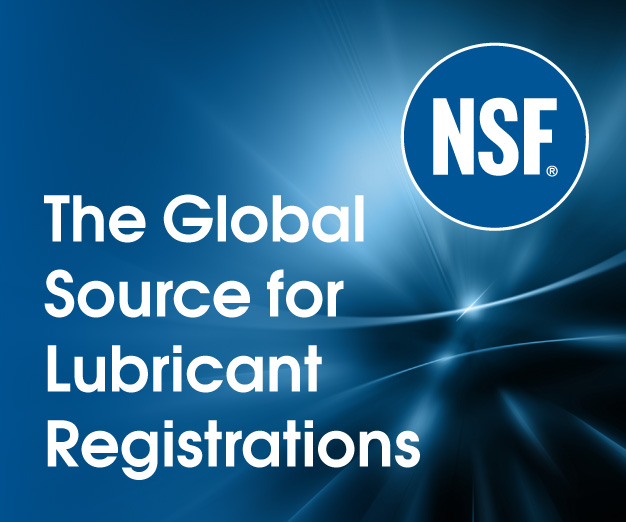Profiling of gin botanicals by Headspace-SPME Arrow-GCXGC-MSD/FID
Gins are essentially neutral spirit flavoured with various botanicals by compounding or by distillation. There are hundreds of botanicals used to flavour gin, most commonly juniper with other seeds, herbs, roots and fruits. In distilled gins, the aromatic compounds (usually oils) are absorbed by the spirit in which the botanicals are steeped, or by the vapour as it passes through, so flavouring the distillate. The large numbers of compounds contributing to the aroma and flavour of gins coupled with the fact that flavour- and fragrance-key components can be present at very low concentrations makes chemical profiling challenging.
By Andrew Ward, JSB UK & Ireland
GCxGC-MS is the ideal analytical technique to accommodate the complexity of the samples due to its enhanced peak capacity and sensitivity. For quantitative purposes, and when using flow modulation, splitting to a FID is a logical choice. Sample preparation and sample introduction introduce further challenges due to the complex nature of the samples. Headspace-SPME (solid phase microextraction) Arrow is a fully automated sample preparation technique with the ability to extract targeted key compounds present a low concentrations whilst avoiding matrix compounds present at high concentrations. The combination of HSSPME Arrow with GCxGC-MSD/FID is a very powerful tool in the comparative analysis of samples with complex matrices.
Samples
A set of twelve gins produced using the same base spirit was purchased from www.gininatin.co.uk
Each gin was described on its label with three of its major botanicals.
Instrumentation and Software
Analysis was fully automated using a CTC PAL RTC set up for the SPME Arrow technique, mounted on an Agilent 7890B GC equipped with an Agilent reverse-low modulator, FID and 5977B MSD with HES ion source. PAL Sample Control software was used for the automated analysis. This software controls the Masshunter software which runs in the background. Zoex GCImage software was used for 2D data analysis.
Automation workflow
The SPME Arrow technique is summarised in figure 1 and involves the following steps:
- Incubation of sample in the (heated) agitator module
- SPME Arrow Heatex Extraction in the heatex stirrer module
- Desorption in the GC injector and triggering of the GC analysis
- Conditioning of the Arrow in the SPME Arrow conditioning module
A new, triple-phase DVB/Carbon WR/PDMS Arrow was used for the analysis in order to extract as wide a range of target analytes as possible.
A video of the fully automated SPME Arrow technique can be found here: https://youtu.be/pEB7qT1TUww
Results and Discussion
Figure 2 shows that this technique provides good resolution between compounds which are not easily resolved in 1D-GC. This is further illustrated in figure 3, which shows a 1D view taken from the same sample.
All samples generated complex chromatographic profiles. Figure 4 shows that the samples can be clearly distinguished.
Two of the gin samples shared two of their three major botanicals – namely Orange Peel and Nutmeg, with one sample also listing Allspice and the other listing Pumpkin on the label.
Whilst some similarities can be observed in Figure 4 between these samples in terms of the compounds present, the relative amounts of the majority of these compounds are clearly different.
Furthermore, the 3D plot for the sample containing Allspice Fig. 1 – The SPME Arrow technique on the CTC PAL RTC instrument is dominated by the Estragole peak.
Conclusions
- HS-SPME Arrow-GCxGC-MSD/FID is a powerful tool in the chemical profiling of flavours and fragrances
- Reversed flow modulation delivers excellent resolution allowing easier, faster, detailed analysis of samples with complex matrices
- The high sensitivity provided by the Agilent 5977B with HES makes it the ideal tool to compensate for any decrease in sensitivity in GC-MS analysis observed as a consequence of switching from Helium to Hydrogen as carrier gas
- The SPME Arrow technique offers highly sensitive, fully automated, targeted extraction of compounds from complex sample matrices
For more information, visit: www.go-jsb.com



